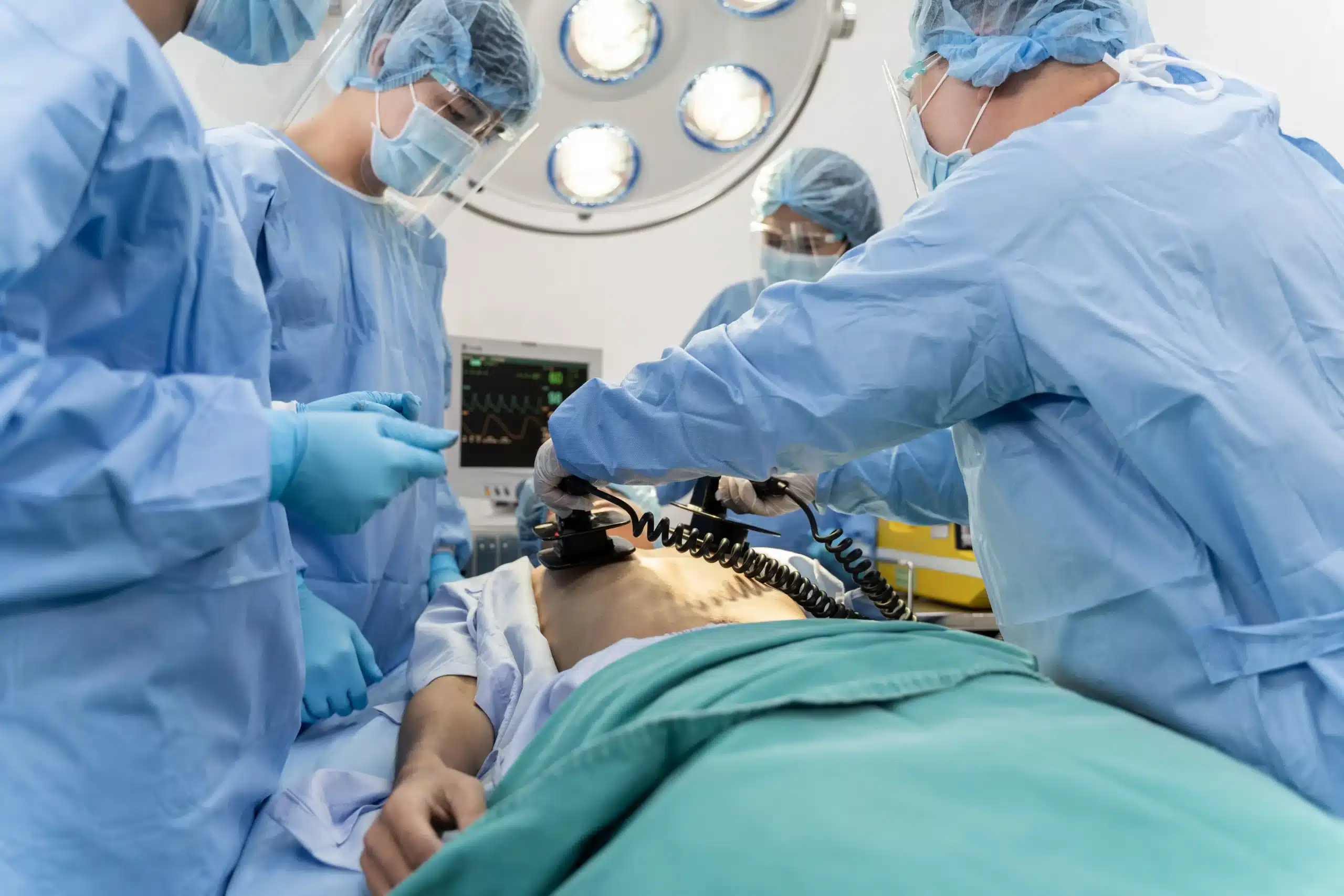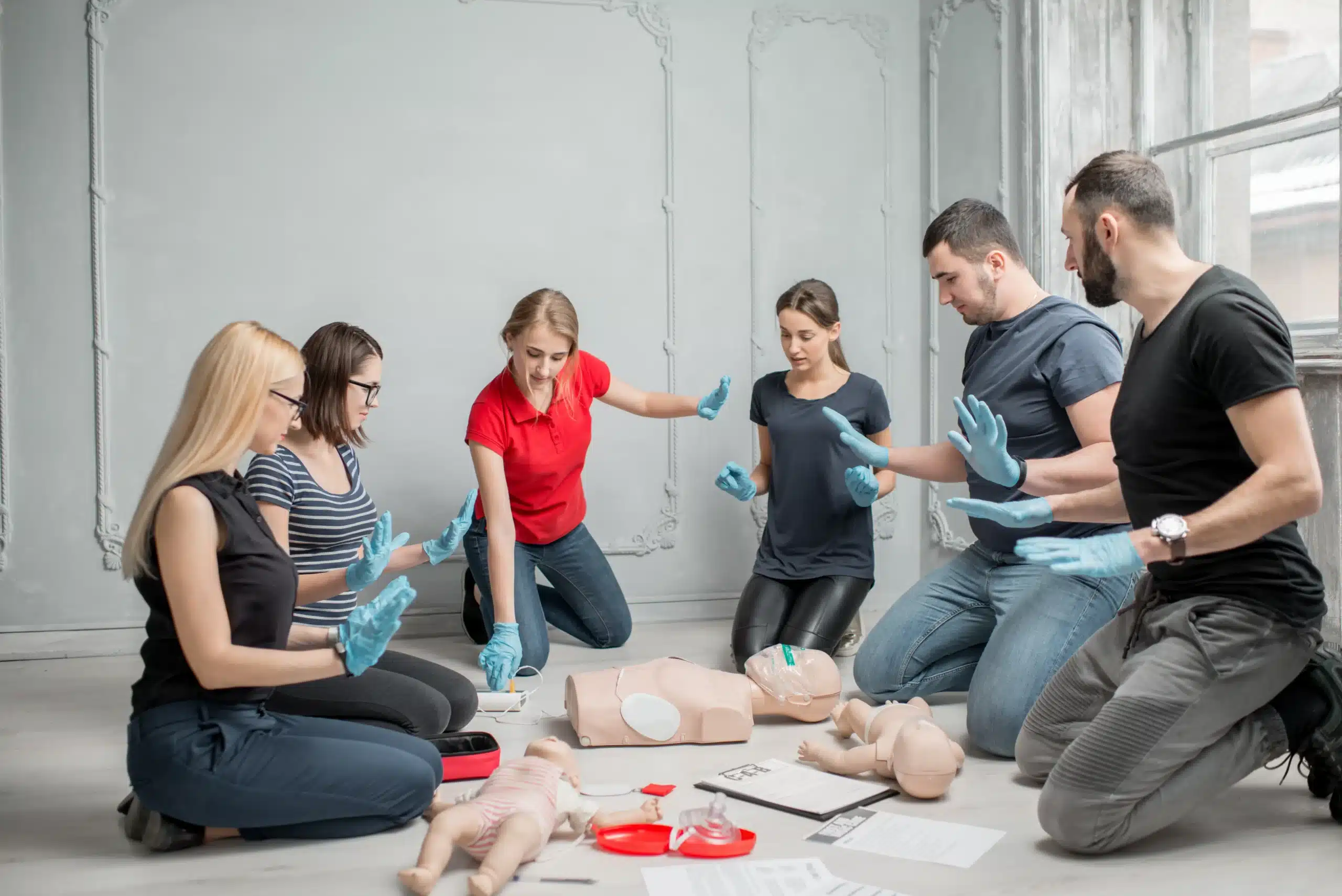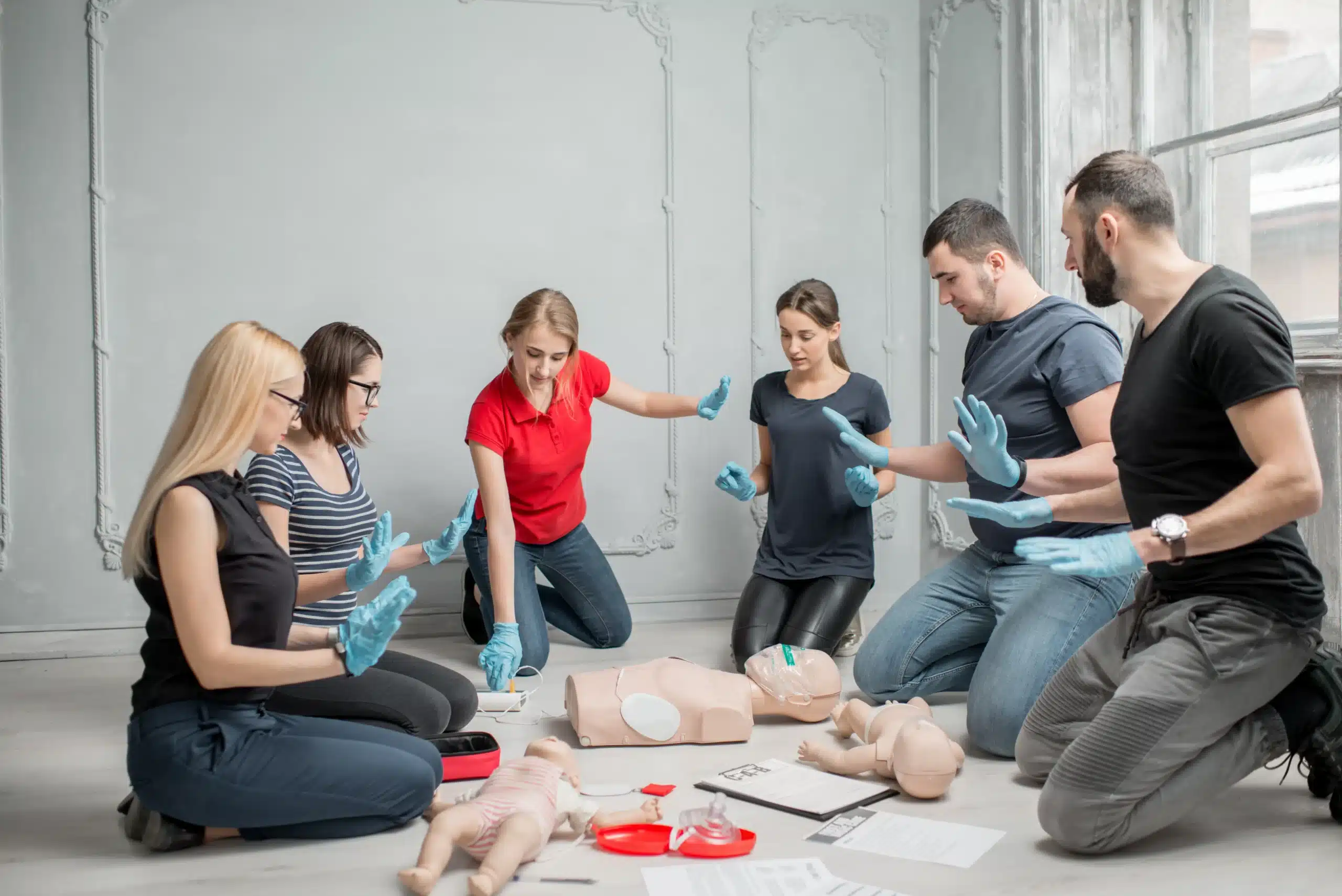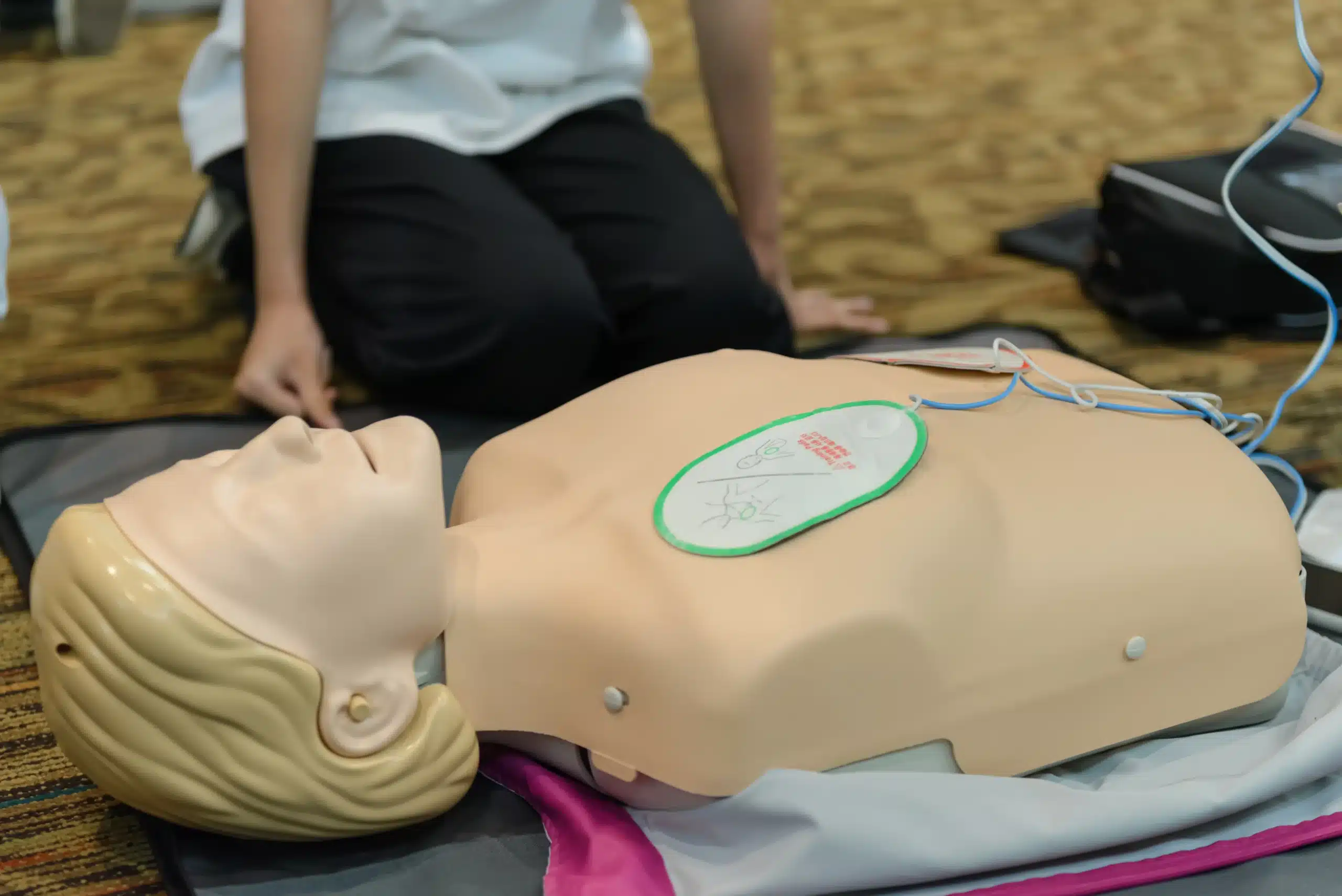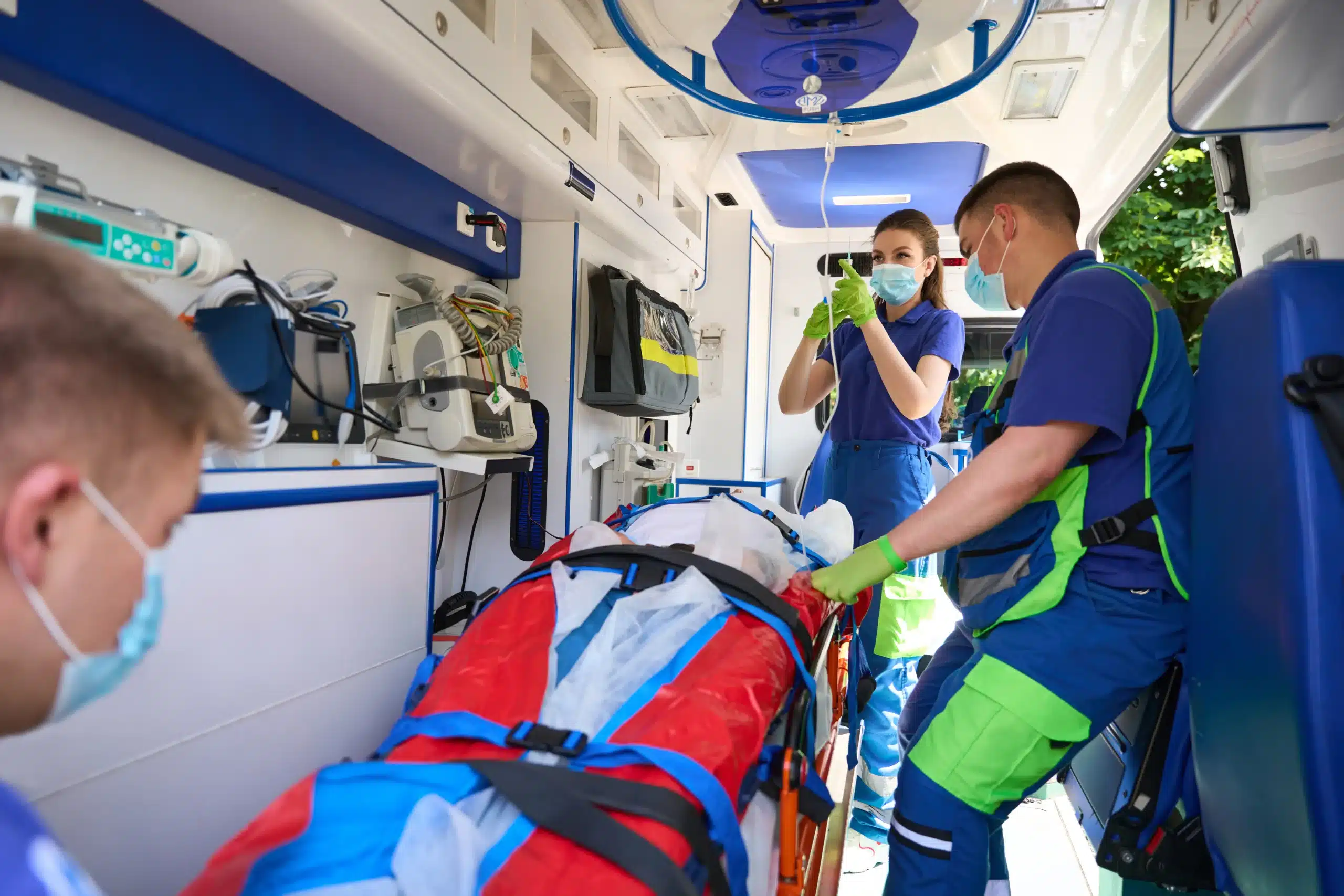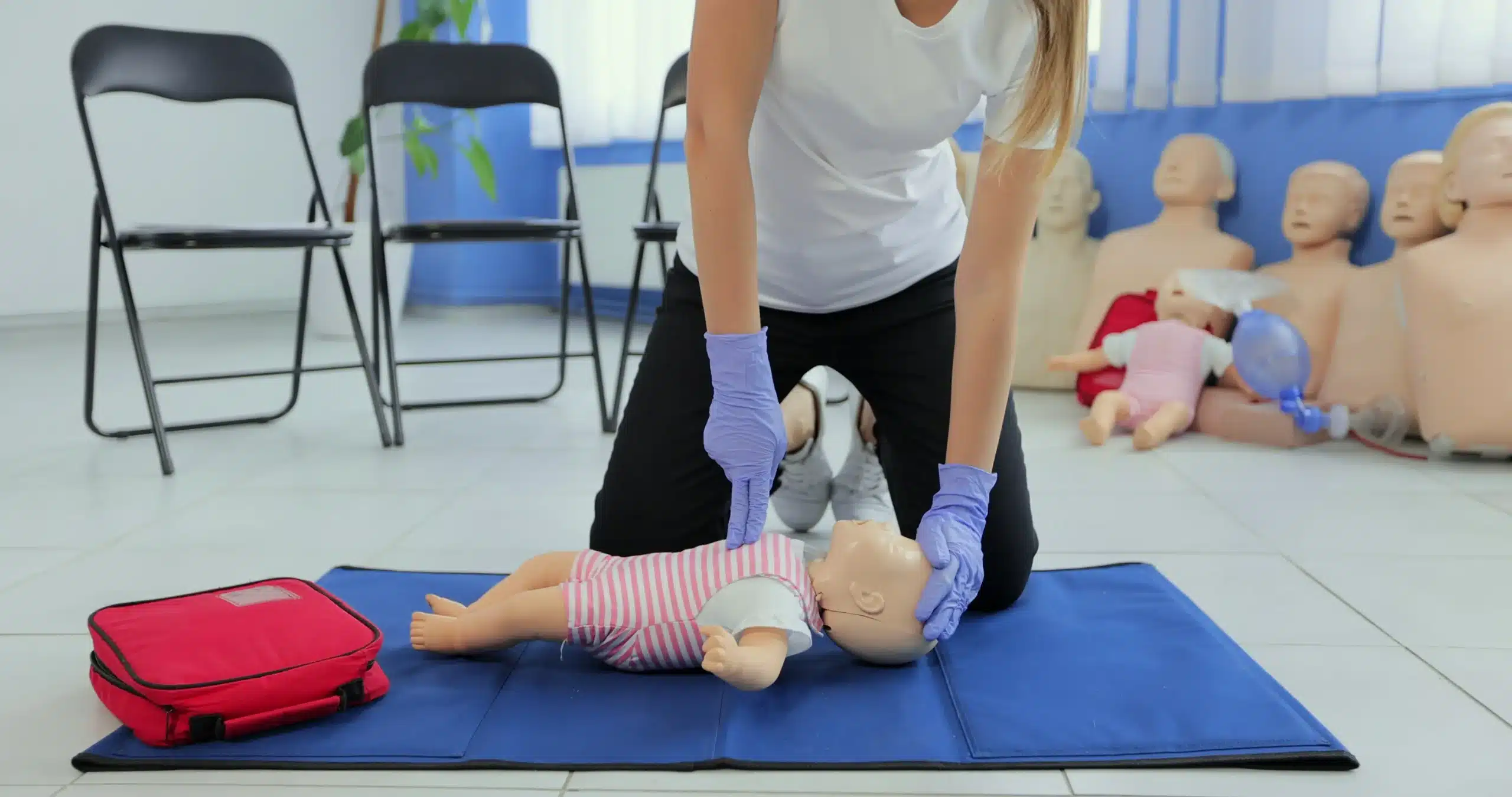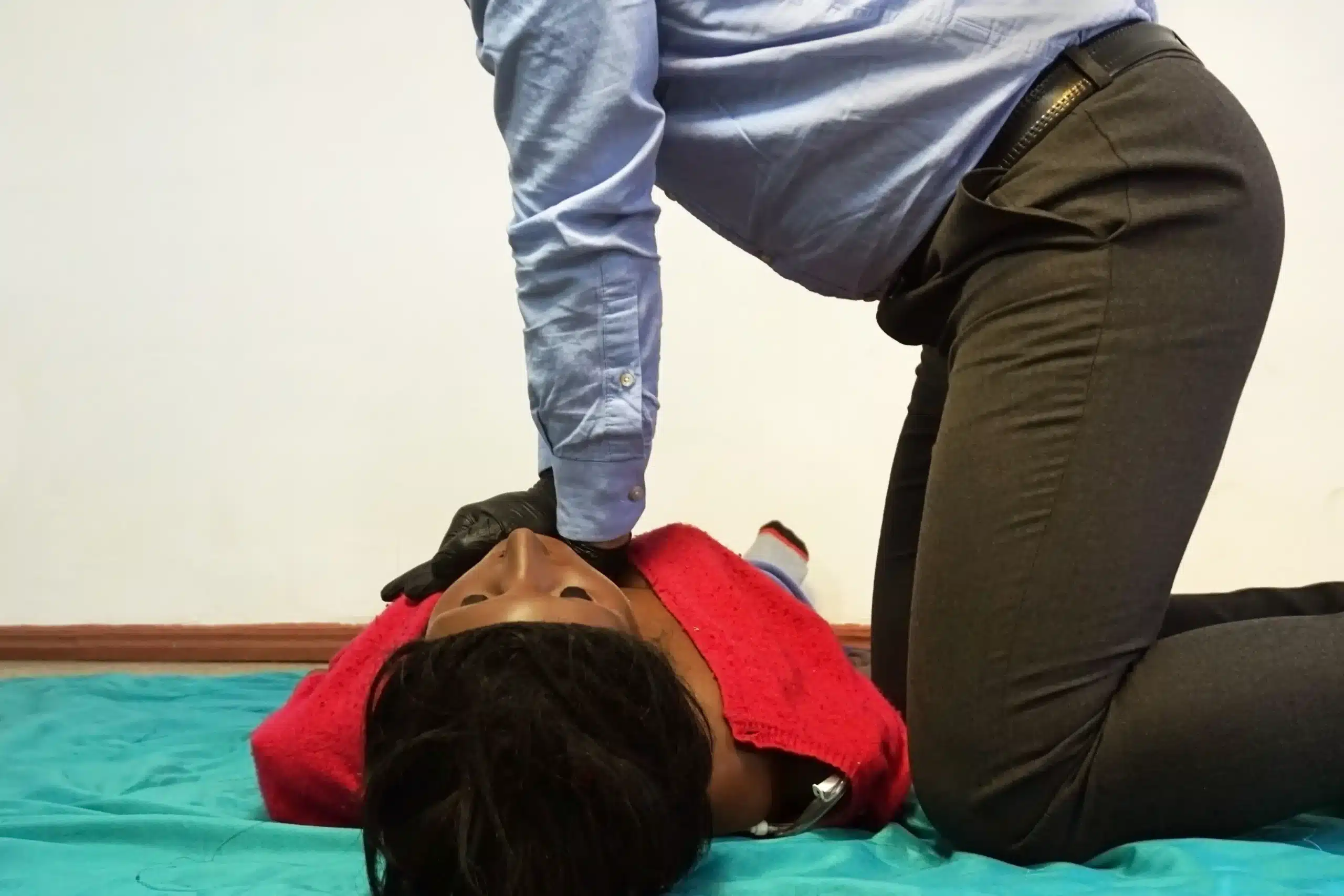Life throws curveballs, and sometimes those curveballs involve medical emergencies. Being equipped to handle these situations is empowering, and that’s where BLS training comes in. This post is a comprehensive guide to BLS certification, specifically focusing on BLS classes in San Francisco. We’ll explore what BLS entails, who benefits from it, where to find reputable training providers, and how to maintain your certification. Consider this your starting point for gaining the skills and confidence to respond effectively in a crisis.
Key Takeaways
- BLS skills empower anyone to save a life: These skills are not limited to healthcare professionals. Equipping yourself with BLS training means you’re prepared to handle emergencies confidently, whether at home, work, or out in the community.
- Finding a BLS class that works for you is simple: Explore the different learning formats—in-person, online, or blended—and choose the one that best suits your schedule and learning preferences. Also, compare providers, look at costs, and check reviews to find the best fit.
- Staying current with your BLS certification matters: Renewing your certification every two years ensures your skills are sharp and up-to-date. Regularly practicing these techniques will maintain your confidence and preparedness for any emergency.
What is BLS?
What is Basic Life Support (BLS)?
Basic Life Support (BLS) certification equips people with the skills to respond to life-threatening emergencies. It goes beyond simple CPR, covering a broader range of interventions like recognizing and responding to respiratory and cardiac arrest, using an AED, and relieving choking. BLS certification focuses on providing high-quality chest compressions and rescue breaths—crucial for maintaining blood circulation and oxygenation until professional medical help arrives. This training emphasizes teamwork, communication, and immediate post-cardiac arrest care. It’s essential for healthcare providers and anyone who wants to be prepared for emergencies.
Who Needs BLS Certification?
While we often associate it with healthcare professionals, BLS certification benefits a much wider audience. Anyone working in healthcare, from doctors and nurses to medical assistants and EMTs, needs this training. It’s also highly recommended for people in other fields, such as teachers, coaches, lifeguards, and childcare providers. Essentially, anyone who might be the first responder in an emergency can benefit from BLS training. Having these skills can dramatically affect the outcome of a critical situation.
Common Misconceptions About BLS Training
Several myths surround BLS certification. One common misconception is that it’s exclusively for doctors and nurses. In reality, BLS training is valuable for anyone who wants to be prepared for a medical emergency. Another myth is the significant time commitment required for certification. Many providers, including Safety Training Seminars, offer streamlined courses that fit busy schedules. Finally, some believe BLS certification is a one-time requirement. But maintaining your skills requires regular renewal, typically every two years, to stay current with the latest guidelines. Don’t let these misconceptions stop you from gaining this life-saving skillset. Contact us to learn more about our courses and our low price guarantee. We also offer RQI classes for a fast and efficient certification process.
Where to Find BLS Classes in San Francisco
Finding the right BLS class can feel overwhelming with so many options. To simplify your search, I’ve compiled a list of reputable providers offering BLS certification in San Francisco.
Safety Training Seminars
Safety Training Seminars offers a comprehensive selection of American Heart Association (AHA) courses, including BLS certification. They focus on providing convenient scheduling, with classes offered daily at various locations across Northern California. For a fast and efficient certification or recertification process, check out their low-price guarantee and streamlined RQI program. Their Northern California CPR directory can also help you locate a class nearby.
American Red Cross
The American Red Cross provides BLS certification and renewal training in San Francisco, offering both in-person and blended learning (a combination of online and in-person instruction) options. This flexibility allows you to choose the learning format that best suits your needs.
Revive CPR
Revive CPR offers AHA-certified CPR, BLS, and First Aid classes in San Francisco. Their emphasis on instructor-led, hands-on training provides a practical learning experience, allowing you to develop confidence and master essential skills.
Bay Area CPR
Bay Area CPR offers AHA-certified CPR, BLS, ACLS, PALS, and First Aid courses throughout Northern California, serving San Francisco and the surrounding Bay Area. If you’re interested in pursuing multiple certifications or have colleagues with varying training needs, they are a convenient option.
American Heart Association
While the American Heart Association doesn’t directly conduct classes, they establish the standards for CPR and BLS training. Their website is a valuable resource for finding certified training centers in your area and learning more about BLS requirements for healthcare providers and the general public. Contacting them directly can be helpful if you have questions about specific certification requirements.
Choose the Right BLS Class
Finding the right BLS class boils down to three things: format, cost, and the training provider. Let’s break down each element to help you make the best choice.
Class Formats and Durations
Life gets busy, so finding a class that fits your schedule is key. Luckily, there are several options available:
In-Person Classes
In-person classes offer hands-on learning and direct interaction with instructors. This format is ideal for those who learn best in a traditional classroom setting and value real-time feedback. Safety Training Seminars offers a comprehensive selection of American Heart Association (AHA) courses, including BLS certification, in this format throughout Northern California. This face-to-face training provides the opportunity to practice your skills and ask questions, ensuring a solid understanding of the material.
Online Options
If your schedule is packed, an online BLS course might be a better fit. Online training allows you to learn at your own pace and complete the coursework whenever it’s convenient. This flexibility makes it a popular choice for busy professionals. While online courses offer convenience, remember that BLS certification requires a hands-on skills assessment, so you’ll eventually need an in-person component.
Blended Learning
Combining the best of both worlds, blended learning offers online coursework paired with in-person skills sessions. This format allows you to learn the theoretical material at your own pace and then demonstrate your skills in a practical setting. Safety Training Seminars provides convenient RQI classes in San Francisco, a blended learning option that streamlines the BLS certification process.
Cost and Discounts
BLS certification is an investment in your skills and knowledge. Understanding the costs involved will help you budget effectively.
Typical BLS Class Pricing
BLS classes in San Francisco typically range from $50 to $150, depending on the provider and the type of course. It’s always a good idea to compare prices and what each course offers before committing. Check out Safety Training Seminars’ low-price guarantee to ensure you’re getting a competitive rate.
Group Discounts and Promotions
If you’re coordinating training for a group, look for providers that offer discounts. Many training centers, including Safety Training Seminars, offer reduced rates for organizations training multiple employees. This can be a cost-effective way to ensure your entire team is certified. Contact Safety Training Seminars to learn more.
Safety Training Seminars’ Low-Price Guarantee
Safety Training Seminars is committed to providing affordable, high-quality training. Their low-price guarantee ensures you’re getting the best value for your money. This commitment to affordability makes them a great option for individuals and organizations alike.
Evaluate Provider Quality and Reputation
Not all BLS classes are created equal. Choosing a reputable provider is essential for receiving high-quality training. Before enrolling in a class, research the training provider. Look for providers affiliated with recognized organizations like the American Heart Association. Reading online reviews and checking a company’s reputation can give you valuable insights into the quality of their training and customer service. Safety Training Seminars is known for its comprehensive training and commitment to student success, making them a reliable choice for your BLS certification. You can find more information about CPR classes in Northern California in our directory.
What Happens in a BLS Class?
So, you’ve signed up for a BLS class—smart move! Now, what can you expect? Whether you’re a seasoned healthcare provider or new to the field, understanding the class structure helps you prepare and get the most from your training. BLS certification goes beyond basic CPR. It equips healthcare professionals with the skills to manage airways, use an AED, and work effectively in a team during emergencies.
Core Skills You’ll Learn
In a BLS class, you’ll learn the core skills needed to respond to life-threatening emergencies. These include high-quality CPR for adults, children, and infants; how to relieve choking; and the proper use of an automated external defibrillator (AED). You’ll also cover essential techniques for airway management and rescue breathing. Many courses, like those offered by Safety Training Seminars, follow the American Heart Association guidelines for BLS.
Hands-on Training and Scenarios
A local BLS class offers practical, hands-on learning. Unlike online courses or theoretical education, you’ll practice your skills in a simulated environment. This involves working with mannequins and running through various emergency scenarios. This hands-on approach helps build muscle memory and confidence, preparing you to respond effectively under pressure.
Assessment and Certification
To receive your BLS certification, you’ll need to demonstrate competency in the skills you’ve learned. This typically involves a written exam and a practical skills test. Once you successfully complete both, you’ll receive your BLS provider card. Remember that BLS certifications typically need to be renewed every two years by an AHA-certified instructor. Your BLS certification card will list the expiration date. You can find a local class and certified instructor through our Northern California CPR directory.
Unique Features From Different Providers
Different BLS providers offer unique features to enhance the learning experience. Here are a few examples:
Safety Training Seminars’ RQI Program
Safety Training Seminars offers the American Heart Association’s RQI program, a popular way for healthcare providers in San Francisco to obtain their BLS certification. RQI uses a blended learning approach, combining online modules with in-person skills sessions. This flexible format allows you to learn at your own pace and focus on hands-on practice during the in-person session. We also offer a low-price guarantee.
American Red Cross’ Scenario-Based Learning
The Red Cross emphasizes practical, scenario-based learning to improve skills and retention. Their courses often incorporate realistic scenarios to help you apply your knowledge and make critical decisions in simulated emergency situations. Contact us to learn more about our scenario-based BLS classes.
Revive CPR’s Same-Day Certification
Revive CPR offers same-day certification for CPR. This is a convenient option for those who need their certification quickly. They provide AHA CPR classes with an instructor and BLS certification live in San Francisco.
Maintain Your BLS Certification
Once you’ve earned your BLS certification, staying current is key. This section covers everything you need to know about maintaining your BLS skills and credentials.
How Long is Certification Valid?
BLS certification is valid for two years. This timeframe ensures that healthcare providers refresh their skills and knowledge, keeping up with advancements in emergency cardiovascular care. Knowing your certification’s expiration date is crucial for maintaining your qualifications and ensuring you’re always prepared to provide effective care.
Renew Your Certification
Before your certification lapses, you’ll need to renew. You can usually find renewal courses both online and in person, offering flexibility. Check with your employer or a training provider, like Safety Training Seminars, for available options. Many providers offer streamlined
Stay Current with BLS Skills
Keeping your BLS certification current is essential for providing effective care during emergencies. Regularly reviewing the core BLS skills, such as CPR, AED use, and airway management, helps maintain proficiency. Even between renewals, consider practicing these skills and staying informed about any updates to guidelines. This proactive approach ensures you’re always ready to respond effectively in critical situations.
Why BLS Training Matters for Healthcare Professionals
For healthcare professionals, BLS certification is more than just a box to check—it’s a fundamental skill set. BLS training equips you to respond confidently and effectively in critical situations. It emphasizes teamwork, communication, and staying calm under pressure—all vital aspects of patient care. Maintaining your BLS certification demonstrates your commitment to providing high-quality care and being prepared for any emergency.
Related Articles
- Basic Life Support (BLS) in Berkeley CA: Top Courses
- BLS Courses in Oakland: A Certification Guide
- BLS Classes in Sacramento: A Complete Guide
Frequently Asked Questions
Is BLS the same as CPR?
BLS builds upon CPR. While CPR focuses on chest compressions and rescue breaths, BLS covers a broader range of skills, including AED use, airway management, and team response. Think of CPR as a core component within the larger framework of BLS.
How long does it take to get BLS certified?
The time commitment varies depending on the course format and provider. Some providers offer streamlined courses that can be completed in a single day, while others may take longer. Blended learning options, like the RQI program, offer flexibility by allowing you to complete the coursework online at your own pace before attending a shorter in-person skills session.
How much does a BLS class cost?
BLS class costs typically range from $50 to $150. Factors influencing the price include the course format (in-person, online, or blended), the training provider, and any included materials. It’s always wise to compare prices and what each course offers before making a decision. Look for providers offering discounts, especially for group registrations.
Where can I find a BLS class near me?
Several organizations offer BLS classes, including the American Red Cross, the American Heart Association (which provides a directory of training centers), and independent training providers like Safety Training Seminars. Online searches and CPR directories specific to your region can help you locate nearby classes.
How often do I need to renew my BLS certification?
BLS certification is typically valid for two years. Renewal courses are available to refresh your skills and keep you up-to-date with the latest guidelines. Check with your employer or a training provider for renewal options as your certification expiration date approaches.


